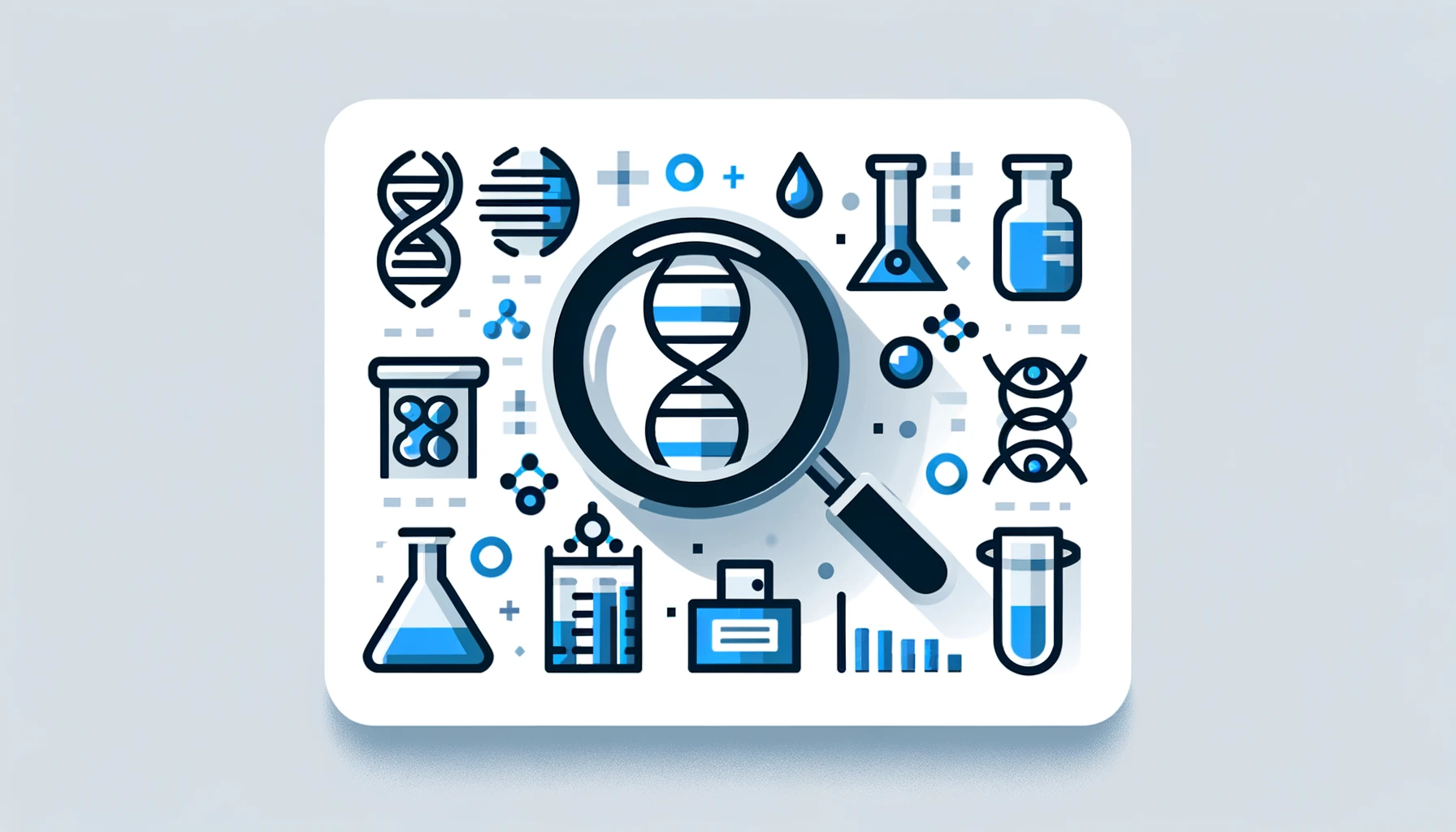Sometimes those who want to order our genetic testing ask, “In what cases do I request secondary findings?” Many are familiar with single gene or panel testing, but those who are new to whole-exome testing usually ask this question. If you have been curious about secondary findings in general, this post is for you.
- What are secondary findings?
Secondary findings are genetic variants unrelated to the patient's symptoms, i.e. unrelated to the original purpose of the test, that are discovered by chance. Incidental findings are also used interchangeably.
Then can all genetic variants discovered by chance in a test be reported as secondary findings? The answer is no. In May 2021, the American College of Medical Genetics and Genomics (ACMG) announced the list of now 73 (formerly 52)1 genes of which variants are recommended to be reported as secondary findings. - What does this mean?
The guidelines published by ACMG include genes where if variants are found, they can cause disease, such as hereditary cancer and hereditary heart conditions.There are about 20,000 genes in humans, but why did ACMG select the 73 genes and recommend reporting their variants as secondary findings? It is because variants of those 73 genes have a high potential of causing disease, making it crucial to manage one’s health accordingly.
ACMG has selected the genes because they have2,
- a definable set of clinical features,
- the possibility of early diagnosis,
- a reliable clinical genetic test,
- effective intervention or treatment.
If a genetic test reports variant A as a secondary finding for a patient, it means that,
- The patient has a genetic variant in gene A,
- Gene A is included in ACMG’s list of genes to report variants on as secondary findings,
- Gene A is a gene known to potentially cause disease B,
- And, although the current patient may not have symptoms related to disease B, there is increased risk of developing it in the future.
- Why are variants that are not related to the patient's symptoms tested and reported on?
Before answering this question, it is necessary to first describe the circumstances in which a clinician orders genetic testing. Usually, when trying to find the genetic cause of a patient's symptoms, testing is performed on a single gene or a few genes that are known to be associated with the patient's symptoms.
However, not all patient's symptoms that clinicians encounter can be diagnosed right away. They can be non-specific and complex. In these cases, applying conventional genetic testing methods with relatively clear “answers” could potentially only provide limited information to clinicians and patients.
If the genetic cause of a patient's symptoms is not evident, it may be necessary to look at the patient's entire genome. Since it is impossible to know which exact region the cause may come from, the method that examines all genes of the patient is performed.3
Such genetic testing is divided into two main categories: whole exome sequencing testing (WES) which involves reading only the exon region of the genome and whole genome sequencing testing (WGS) which involves reading both exon and intron regions.
While processing and interpreting the genome or exome of a patient, secondary findings are found unintentionally, that is, regardless of the original purpose of the test. This comes from the fact that WES or WGS tests cover whole exomes or genomes rather than a single gene or select panel of genes.
We have examined the meaning of secondary findings. Do we now simply report secondary findings to the patient when found?
- The patient's choice and consent
Ultimately, it is the patient's choice whether they are reported or not. So, how do patients make decisions about secondary findings?
It was found that some patients made their decision based on whether they understood the physician’s explanation of secondary findings in a positive or negative light4. Some people changed their decision later, because they did not understand the implications of their consent or the meaning of secondary findings at all. Thus, there are suggestions to make the patient consent process clearer and more robust than it is now.5
Patients are usually not familiar with genetic testing, so it is vital that clinicians provide sufficient explanation to the patient to help them decide on the appropriate scope of testing. For example, patients should be aware of the meaning of the covered genes, what medical measures might be needed in the future, and what tests or care might be needed for family members in order to make an informed decision.
Today, we explored the meaning of secondary findings and the role of clinicians in helping patients determine the extent of testing they consent to. As an employee of a company that specializes in genetic testing for rare diseases, I naturally started thinking about what we could do in addition to genetic testing. I think sharing genetic knowledge in plain language is an important endeavor that teams of researchers and genetic experts could take on.
I believe that difficult jargon detailed in easier terms will not only be able to reach patients and their families who need the information but also play a role in reducing the burden on clinicians. I conclude this article with hopes that the series of content we plan to share regularly can make a small contribution to this effort.
References
- Clinvar ACMG Recommendations for Reporting of Incidental Findings in Clinical Exome and Genome Sequencing
- MedlinePlus What are secondary findings from genetic testing?
- Genomeweb ACMG Recommends Sequencing as Test for Children With Intellectual Disability, Congenital Anomalies
- Mighton C et al., Quality of life drives patients' preferences for secondary findings from genomic sequencing. Eur J Hum Genet 28(9):1178-1186 (2020).
- Schupmann, W et al., Exploring the motivations of research participants who chose not to learn medically actionable secondary genetic findings about themselves. Genet Med (2021).























